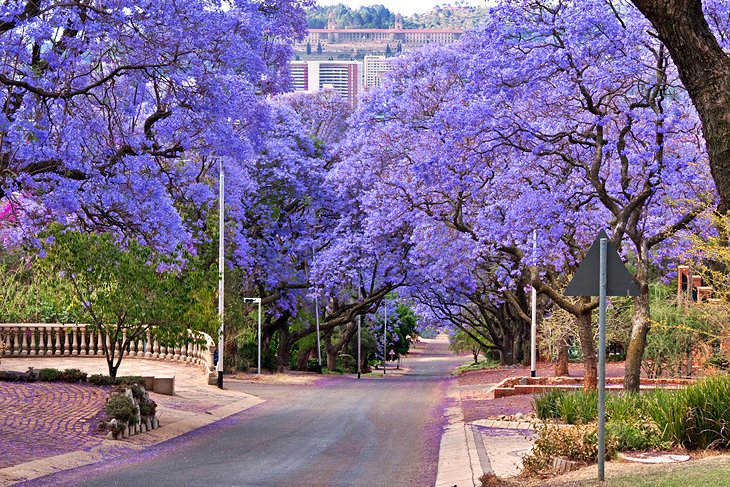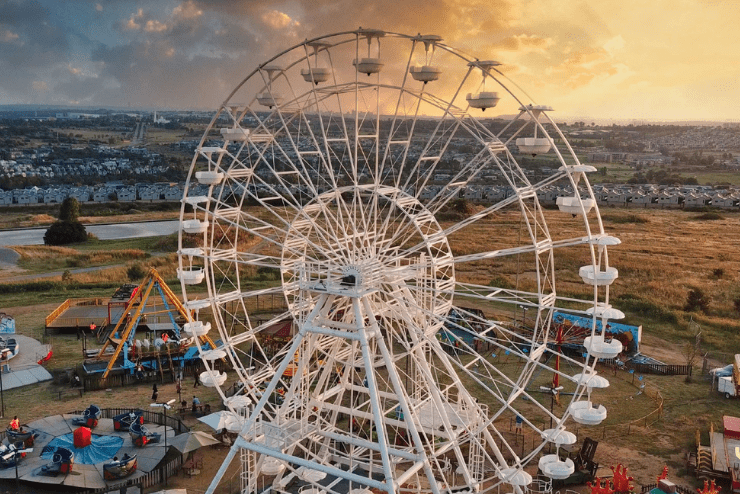The smart Trick of Johannesburg North Attractions That Nobody is Discussing
The smart Trick of Johannesburg North Attractions That Nobody is Discussing
Blog Article
About Johannesburg North Attractions
Table of ContentsSome Ideas on Johannesburg North Attractions You Should KnowWhat Does Johannesburg North Attractions Do?Johannesburg North Attractions Fundamentals ExplainedJohannesburg North Attractions for DummiesJohannesburg North Attractions Can Be Fun For EveryoneA Biased View of Johannesburg North AttractionsLittle Known Questions About Johannesburg North Attractions.
You ought to maintain safety in mind and travelers have to stay sharp at all times when in strange surroundings. Talk to the citizens when you remain in community to discover the location you are remaining in. Johannesburg North attractions. When on the road (this does not relate to mall and various other safe settings) finest general advice is to try your finest to appear like a neighborhood and to prevent showing any type of form of riches
Little Known Facts About Johannesburg North Attractions.
Teacher Revil Mason O. J. (Thomson, 1946) discovered the Witwatersrand's pre-colonial background. His historical work blew up the 'em pty land' misconception, according to which the region was without human habitation before the arrival of European settlers. In his publications Prehistory of the Transvaal: A Document of Human Activity (1962) and Origins of Black Individuals of Johannesburg and the Southern Western Central Transvaal AD 3501880 (1986 ), Teacher Mason demonstrated the level of social and financial advancement in the area before Europeans set foot right here.

The Greatest Guide To Johannesburg North Attractions
In 1878, David Wardrop located gold in quartz blood vessels at Zwartkop, north of Krugersdorp. In 1881, Stephanus Minnaar came across gold on the farm Kromdraai, near the Cradle of Mankind.
In March 1886, an outcropping (soon to be called the Key Reef) was found, rather luckily, on Gerhardus Oosthuizen's farm Langlaagte. Some say that the Lancastrian coal miner George Pedestrian discovered this reef. An additional itinerant English miner, George Harrison (who had formerly operated in Australian mines) acquired a prospecting permit in regard of Langlaagte in Might 1886.
He chose to carry on in a pursuit for greener fields, and disposed of his Langlaagte case for the baronial amount of 10. Alas: underneath lay the richest goldfield ever found. The exploration of this abundant auriferous coral reef provoked a gold rush that signified completion of agrarian serenity in the southerly Transvaal.
It would, within six years, come to be the largest town in southerly Africa. Within a decade, it would make the Z. A. R. till then an anarchical and bankrupt little state the most affluent country in Africa. By the millenium, the Z. A. R. was to surpass Russia, Australia and the United States of America to become the globe's leading gold manufacturer, producing greater than a quarter of the world's gold.
The 5-Minute Rule for Johannesburg North Attractions
It was called Ferreira's Camp, named after Colonel Ignatius Ferreira. He was a Boer traveler upon whom the British authorities had presented the condition of Companion of the Most Identified Order of St Michael and St George (qualifying him to the post-nominal letters C. M. G.) in gratitude for his role in the battle that had actually deposed the Pedi king Sekhukhune in 1879.
Soon the camp was including tents and wagons as newcomers got here daily from far have a peek at this site and wide. By September 1886, some 400 individuals lived in Ferreira's Camp, which soon boasted prefabricated iron and timber buildings. 2 various other camps were developed: Meyer's Camp on the farm Doornfontein, and Paarl Camp. The latter was nicknamed Afrikander Camp; lots of people from the Cape Nest worked out there.

The 30-Second Trick For Johannesburg North Attractions
This name got money by word of mouth, such that the State Secretary attested the name to the Mining Commissioner on 9 October 1886. Stands in look at this site the village were auctioned on 8 December 1886. While some stands were cost 10, others were torn down for as low as sixpence.
2 years later, these erven were to transform hands for as long as 750 each. The tented camps diminished as a dorp of corrugated iron buildings established and broadened north of the mines located along the Key Reef Road. Areas such as Jeppe's Community (where working-class immigrants erected their dwellings) and Doornfontein (where the affluent new 'Randlords' began to build their extravagant houses) were soon included in the ever-expanding map of the town.
The 6-Second Trick For Johannesburg North Attractions
Apart from the street names, there were no indicators of Johannesburg being positioned in a Dutch-speaking country., nearly everyone talked English and even the Federal government slaves dealt with one in English, unless they were initial resolved in the Taal (or Reduced Dutch)'.
As such, Britain had an interest in guaranteeing optimal conditions for gold production on the Witwatersrand, and that the gold was exported to London instead of Berlin a critical provided even more clamant by the Z. A. R - Johannesburg North attractions.'s raising toenadering with Germany. Mine owners were on a clash with Head of state Kruger, whose plan of monopolistic concessions (often approved to his cronies) protected against mining companies from acquiring materials of materials (especially dynamite) and work by themselves, less expensive terms
Our Johannesburg North Attractions PDFs
In 1890, the Volksraad had actually restricted the franchise business to white men who had actually resided in the Z. A. R. for fourteen years or longer, therefore disqualifying many of the immigrants (that took place to be the major contributors to the fiscus). However, frustration for the vote was a simple find out here now pretense for promoting a various schedule; the majority of uitlanders concerned themselves as short-lived visitors and had no intent of continuing to be in the Z.
Report this page